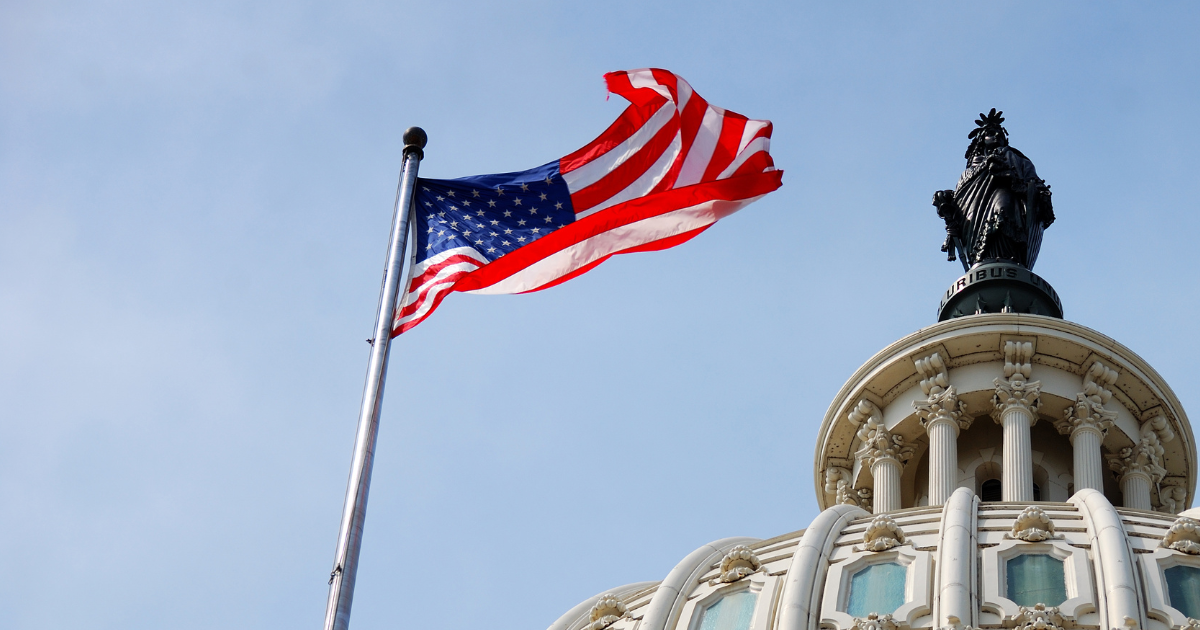
Cannabis Reclassification Recommendation From US Health Department
Recent analysis leads to a breakthrough recommendation that cannabis be reclassified from Schedule 1 to Schedule 3.
Cannabis Reclassification Recommendation From US Health Department
In a historic development, the US Health and Human Services department (HHS) has recommended that cannabis be reclassified from Schedule 1 to Schedule 3. This recommendation is based on a comprehensive 252-page analysis by the HHS, a document that has now been fully disclosed, revealing a nuanced and detailed rationale for this significant policy shift.
The HHS's analysis begins by confirming the recommendation to move cannabis to Schedule III. This reclassification requires HHS to establish three key findings: cannabis's lower potential for abuse compared to Schedule I and II substances, its currently accepted medical use in treatment in the US, and the possibility of leading to moderate or low physical dependence or high psychological dependence.
What does the unredacted document say?
A. Cannabis’s Lower Abuse Potential
The HHS's assessment of cannabis’s abuse potential involved a comparative analysis with substances from various schedules, including heroin and cocaine (Schedule I and II) and ketamine (Schedule III). The findings suggest that despite the high prevalence of non-medical cannabis use, it does not produce as serious outcomes as drugs in Schedules I or II. The wide availability of high-THC products and data demonstrating fewer negative outcomes than harder drugs strengthened this conclusion.
B. Currently Accepted Medical Use
HHS's approach to assessing "currently accepted medical use in treatment" (CAMU) has evolved. The analysis recognized over 30,000 healthcare professionals prescribing cannabis for more than six million patients under various state programs. The Food and Drug Administration’s (FDA) review underlined credible scientific support for cannabis's use in treating conditions like anorexia, nausea, vomiting, and pain, acknowledging that while full FDA approval for these uses is pending, the current evidence supports its medical utility.
C. Dependence Potential
HHS concluded that cannabis abuse could lead to moderate or low physical dependence and emphasised that high psychological dependence is not typical in most users. This conclusion was supported by data comparing the effects of cannabis abuse with other controlled substances and alcohol.
Notable Observations
Several aspects of the HHS’s analysis are particularly noteworthy:
- Focus on Alcohol Comparison: HHS's decision to compare cannabis's harms with those of alcohol, a substance exempt from the Controlled Substances Act (CSA), is intriguing. This comparison emphasises cannabis's relatively lower risk profile compared to widely available and abused substances like alcohol.
- Variability of Cannabis: HHS recognized the heterogeneity of cannabis plants and their complex chemical profiles. Instead of viewing this as a barrier, the agency focused on a wide range of cannabis-derived substances, primarily those delivering Δ9-THC, the key biologically active substance.
- State-Level Regulations and FDA-Approved Synthetics: The analysis highlighted the importance of state-level regulations in assessing medical use and noted the relevance of data supporting the rescheduling of FDA-approved synthetic THCs.
Conclusion
This comprehensive review by the HHS marks a pivotal moment in the US's drug policy, acknowledging the evolving understanding of cannabis's potential and risks. The reclassification to Schedule III, pending DEA's agreement, could significantly impact the medical, legal, and financial landscapes surrounding cannabis. We expect that this ruling could have profound implications for the global cannabis industry, depending on the decisions that the DEA now makes.